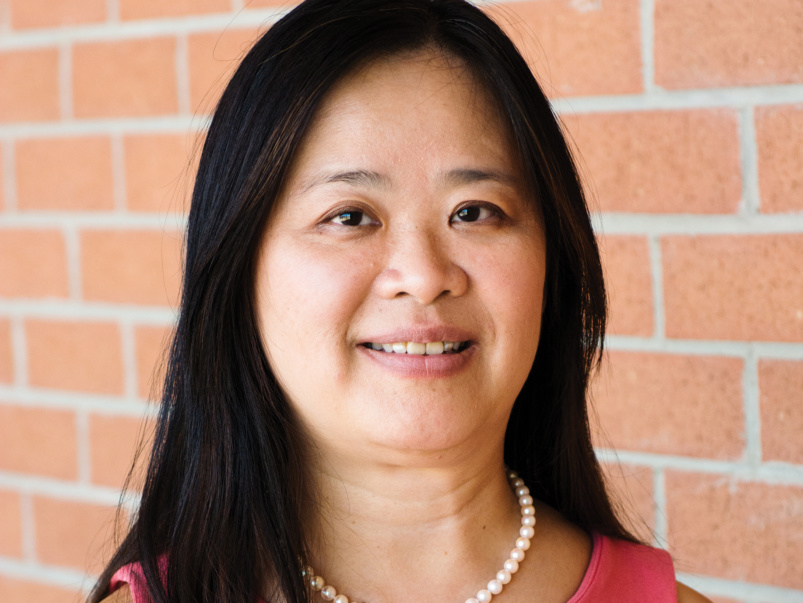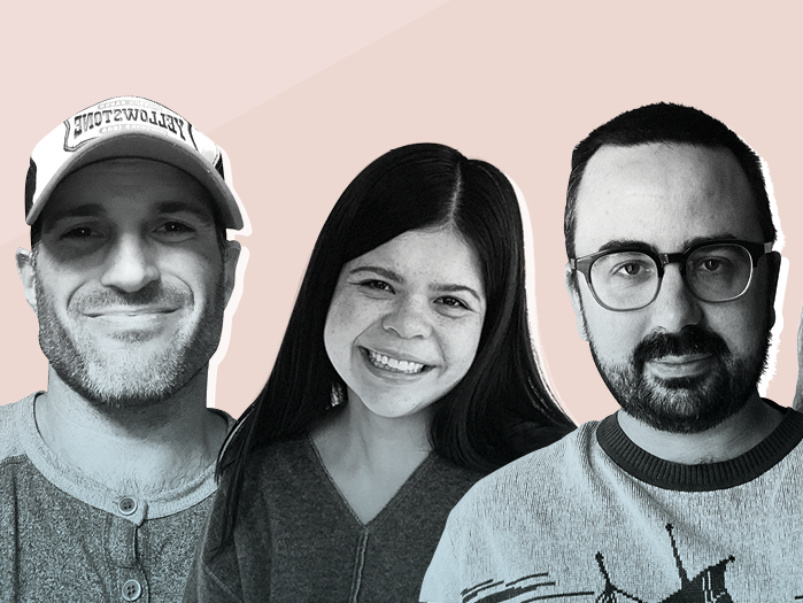The e-health revolution: Medical pros have pivoted their practices online
We spoke to three clinicians about the ups and downs of going virtual

Erene Stergiopoulos
Third-year psychiatry resident, University of Toronto
“In a single day last March, everything switched to virtual. Suddenly I was scheduling appointments over email and faxing prescriptions rather than handing them out. For the first time, patients needed to get creative finding places where they could speak to me privately, especially when their families were home. There were times, over video, where I could see another person in the room during an appointment. In a few instances, I allowed people to come into the hospital and speak to me in person if they didn’t have a space at home where they felt safe.
“Virtual care turns my job into an administrative nightmare, and it feels like twice the work. The number of no-shows is also drastically reduced, which makes for a denser day. Now I’m writing notes, referrals, accommodation letters and prescriptions after hours. I’m regularly working 12-hour days, but I’m learning how to make things more manageable. I’m scheduling more breaks and fewer appointments when I can. It’s a work in progress.”
“The great thing about virtual care is how it has removed barriers for many patients. For people who work during the day, it’s easier to have a 20-minute video chat rather than a commute to and from a hospital. And I’ve gotten to meet so many of my patients’ pets over video in the last 16 months!”

Sara Mitchell
Neurologist, Sunnybrook Health Sciences Centre
“I specialize in patients with complex brain diseases. At the beginning of the pandemic, I was scrambling to meet their unique needs. My patient population was at high risk for Covid-19 exposure if they left their homes, but often lacked the technological access or know-how to participate in virtual appointments. To tackle the issue, my colleagues and I developed educational tools for patients and caregivers to instruct them on virtual care.
“I’ve also had to adapt neurocognitive assessments to the virtual realm. We’ve used screen-sharing technologies to replace paper tests. Often, patients have trouble manoeuvring their cameras appropriately, and in those cases we collected verbal responses rather than written or motor ones. To help standardize our approach, I participated with a group of experts at U of T to create a set of training videos on virtual neurological examinations. For example, instead of physically testing a patient’s muscle resistance, we would ask them to roll their forearms to look for asymmetry in movement.
“Ultimately, I think the hybrid approach will endure. I’m approaching virtual care as a triage tool, to determine whether patients need to be seen in person. I split my days between virtual and in-person visits.”

Ishanee Jahagirdar
Occupational therapist, Holland Bloorview Kids Rehabilitation Hospital
“I work with children who’ve recently received a diagnosis of autism spectrum disorder. I provide support with everyday functioning, like working on motor skills; independence with self-care activities like dressing or feeding; and self-regulation. Sometimes we have issues with technology or slow internet, but we try to problem-solve together, like trying different devices or locations. Our families come from all across Ontario and for some of them, appointments are now more accessible because they can have their consultation without taking time off work or travelling.
“When I’m coaching parents or working with kids, I keep activities on hand so we can do things together. I use the screen-sharing function to show visuals or videos. And some parents and kids benefit from the virtual environment. One mom told me her child is often anxious in new environments, and that being at home for our appointment helped her child manage the anxiety of a new situation. Another kid was excited to show me all the cool Lego he’d built in his home.
“It’s also helpful to see the kids’ home environments. With one family, we wanted to create an obstacle course to work on the child’s balance, coordination and motor planning. We used chairs to create a tunnel, put tape on the floor to create a balance line and used a laundry basket as a basketball net.”













